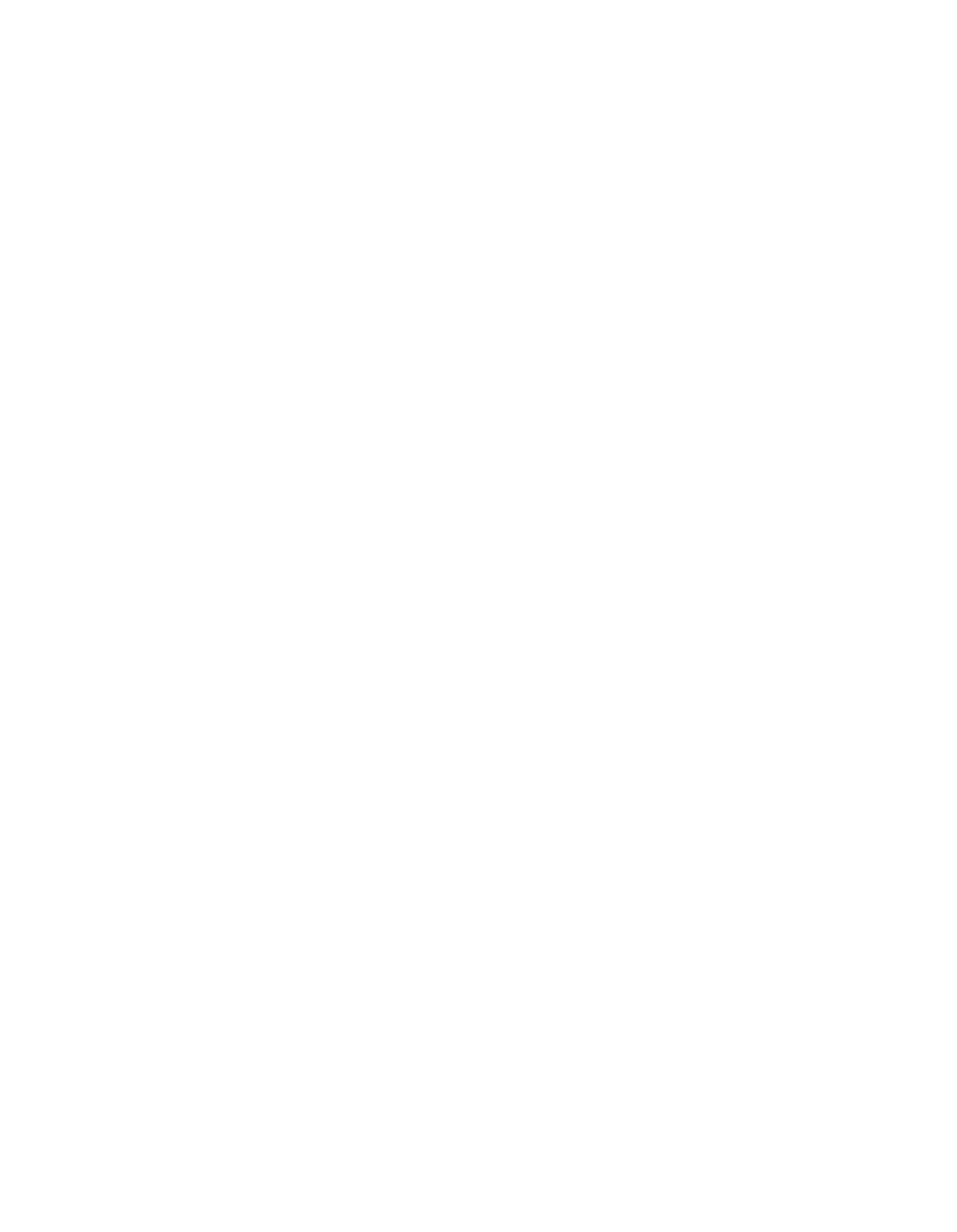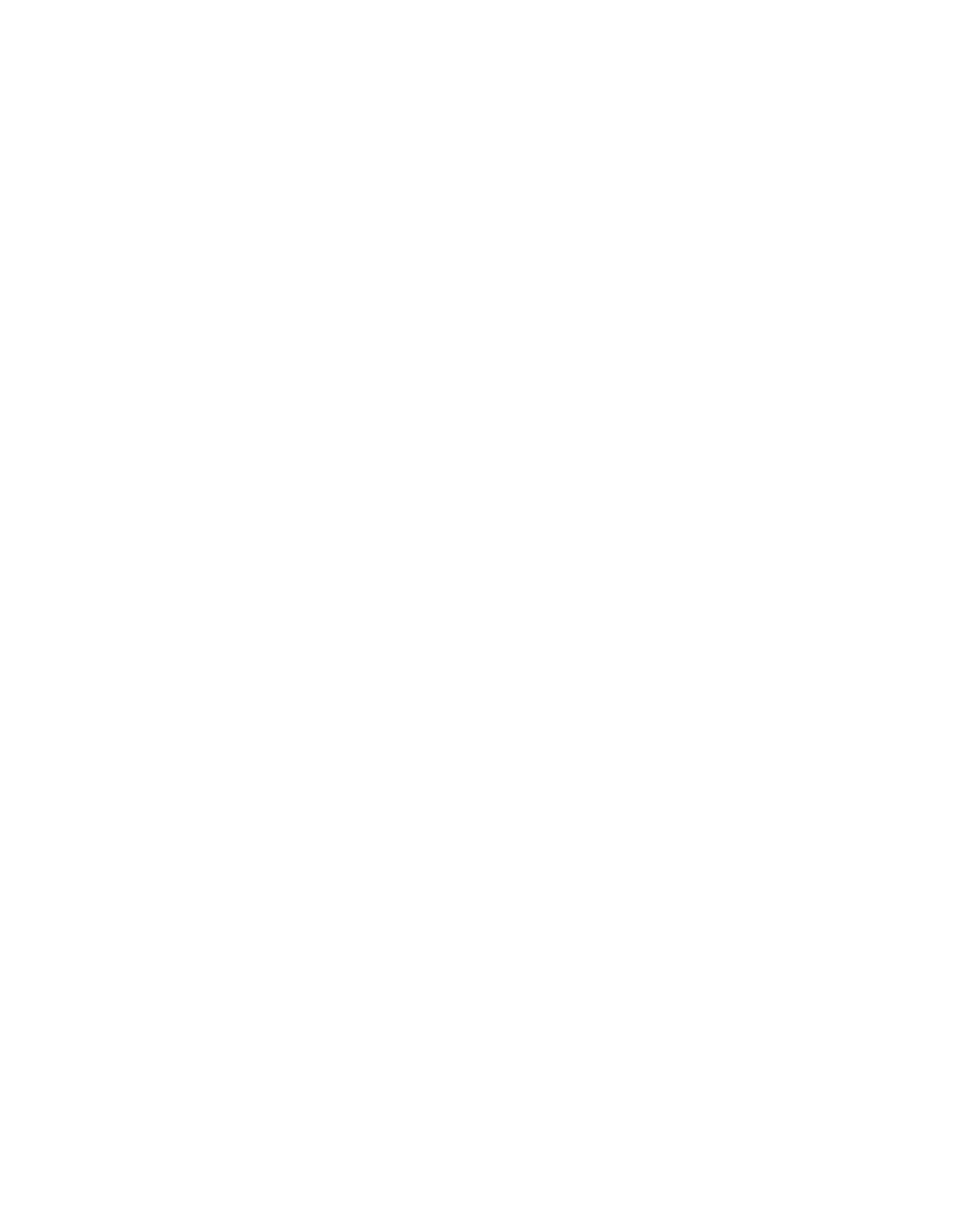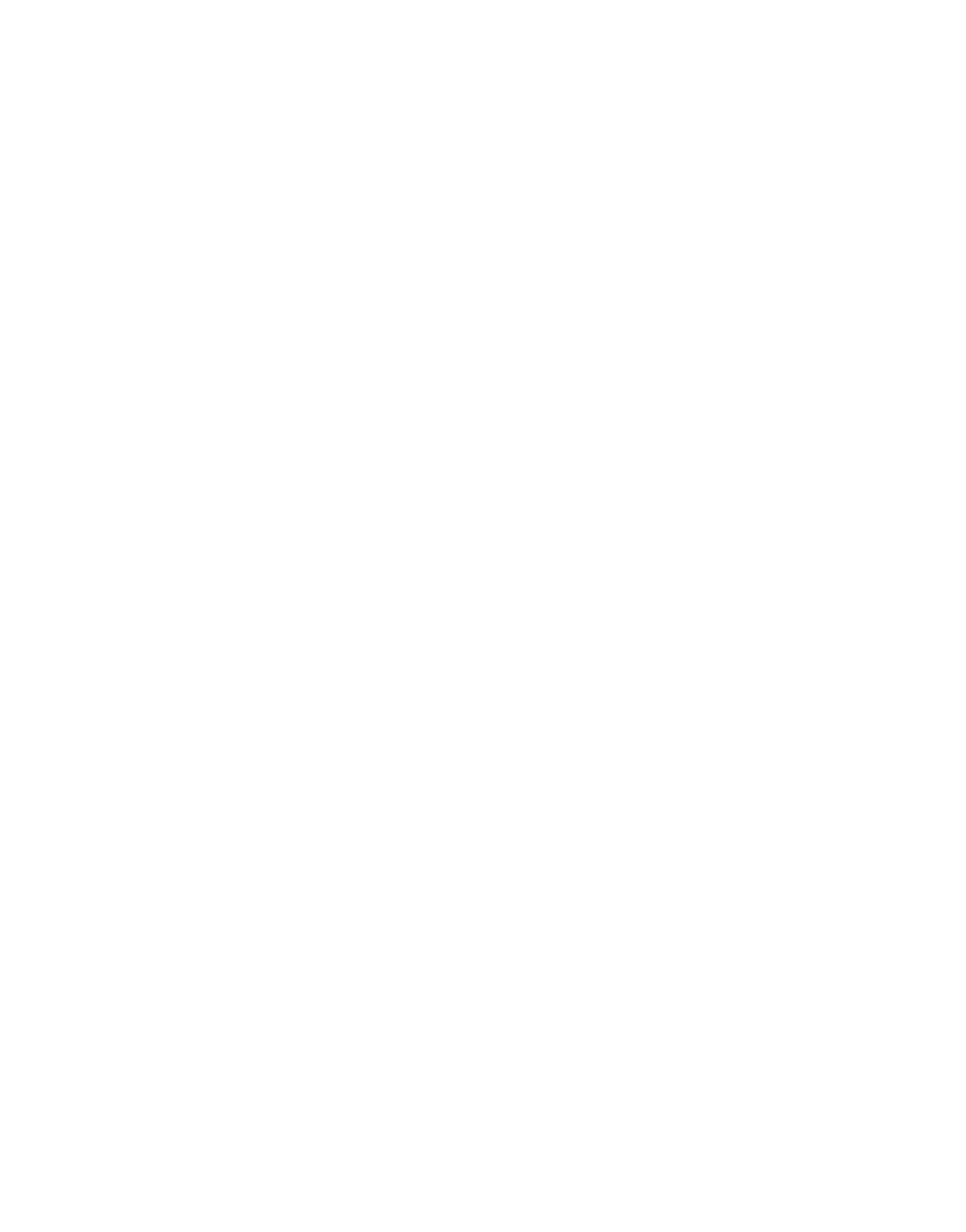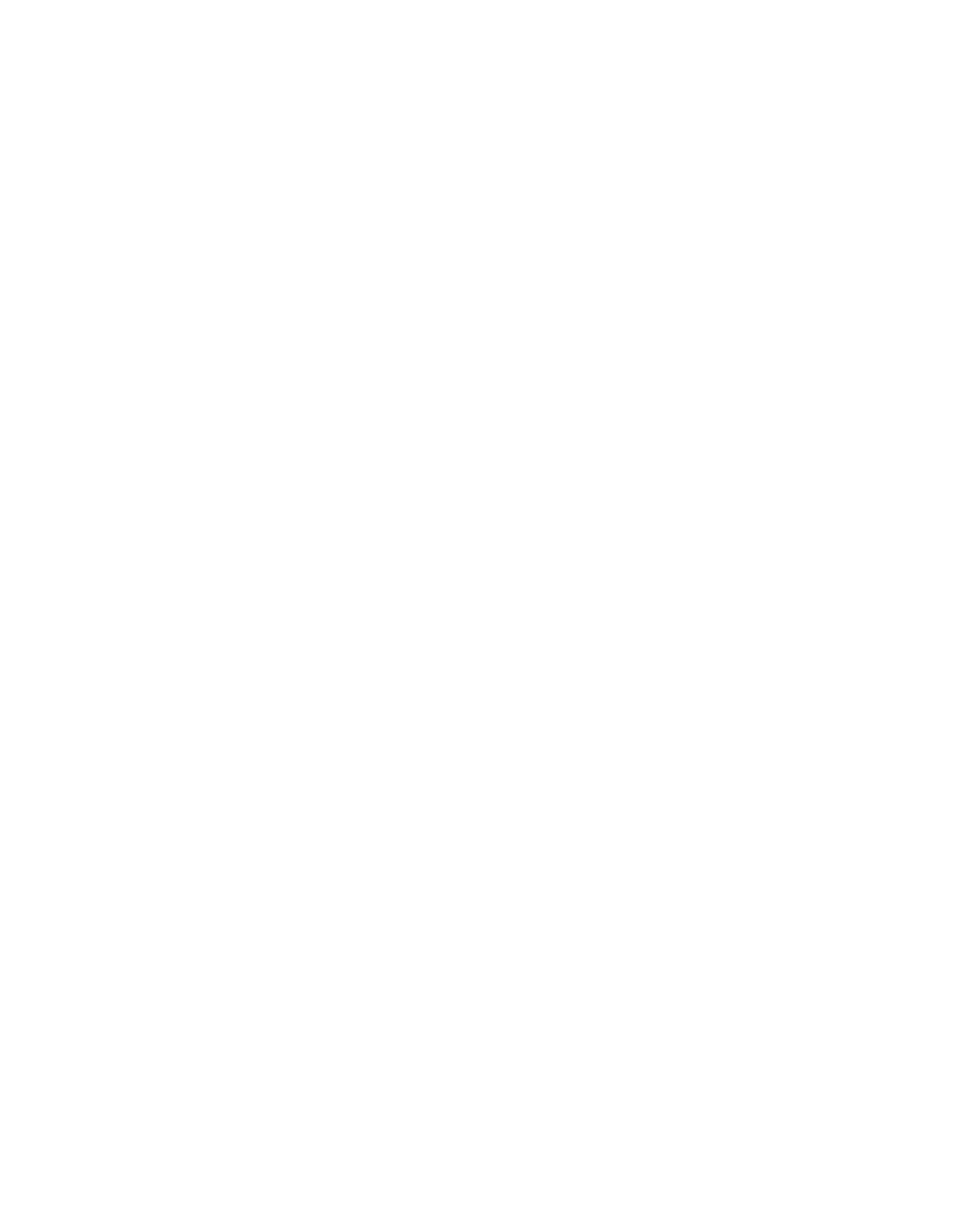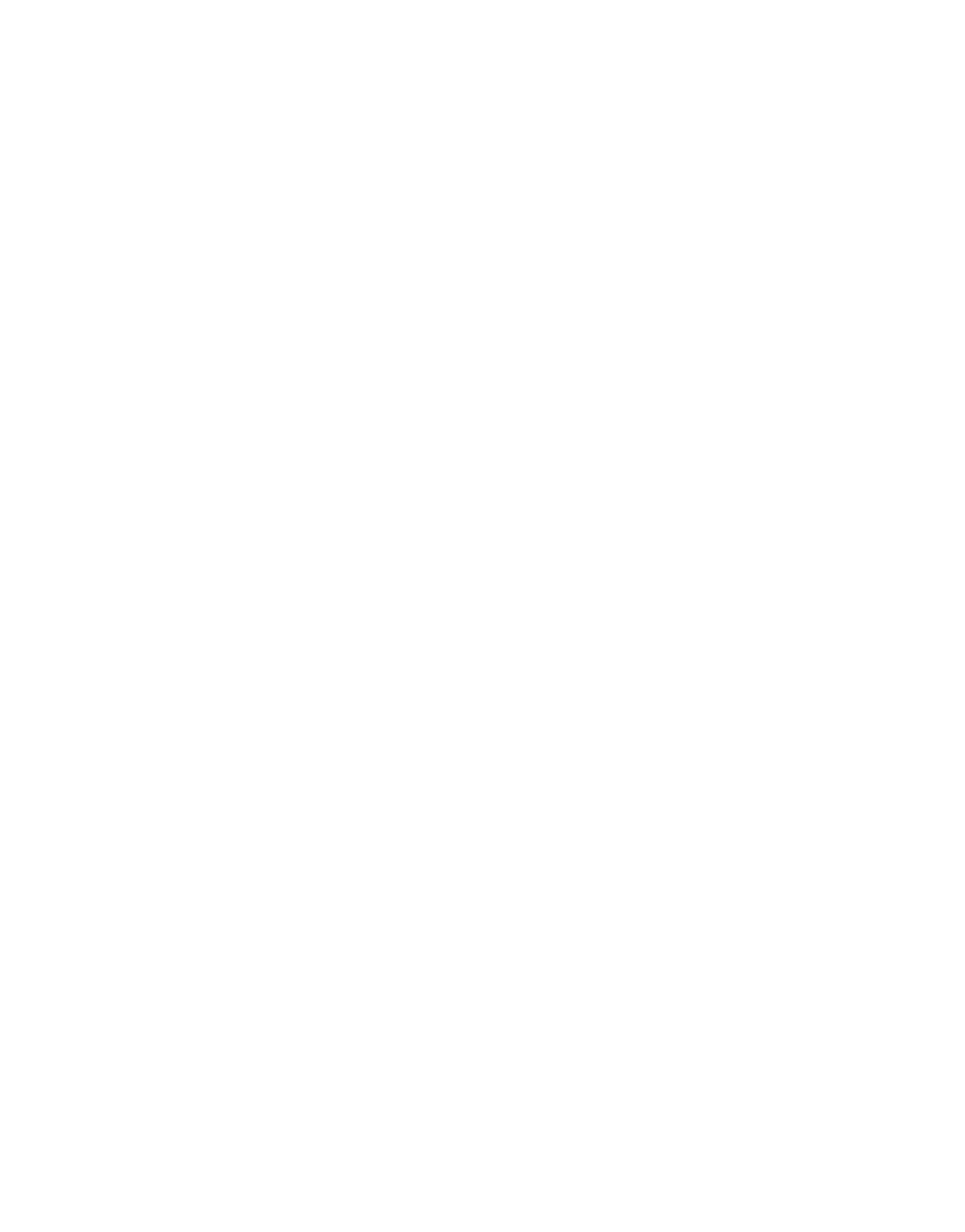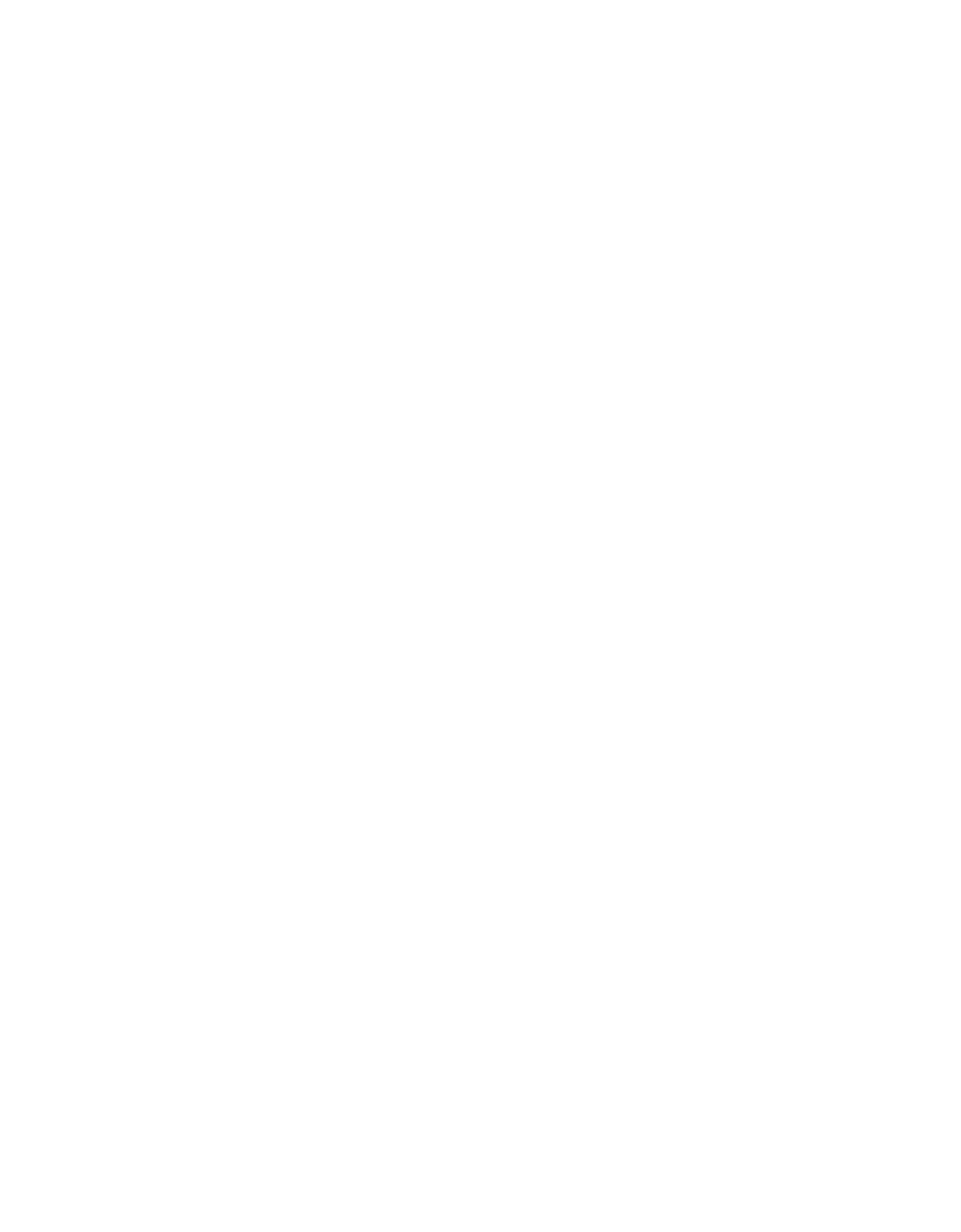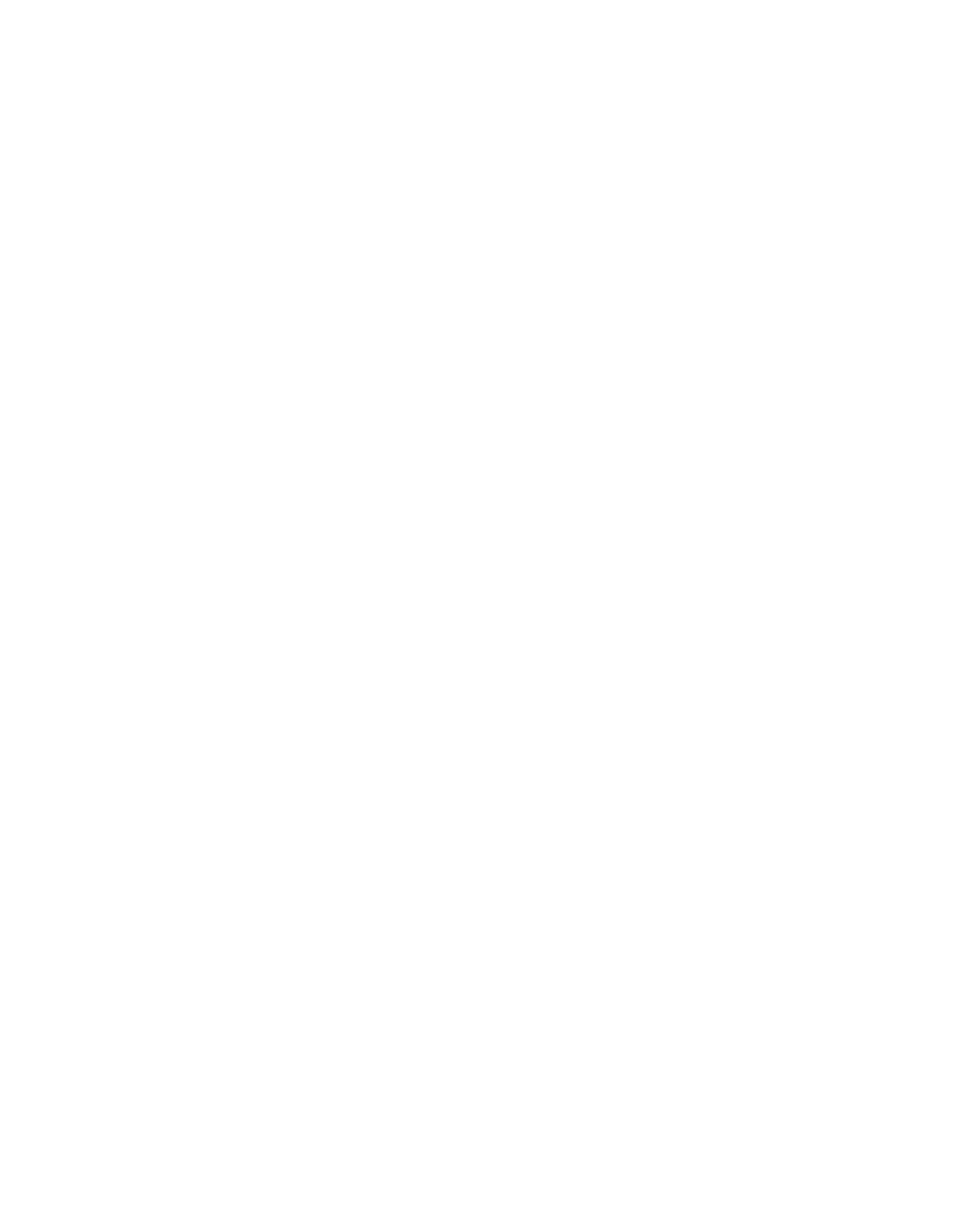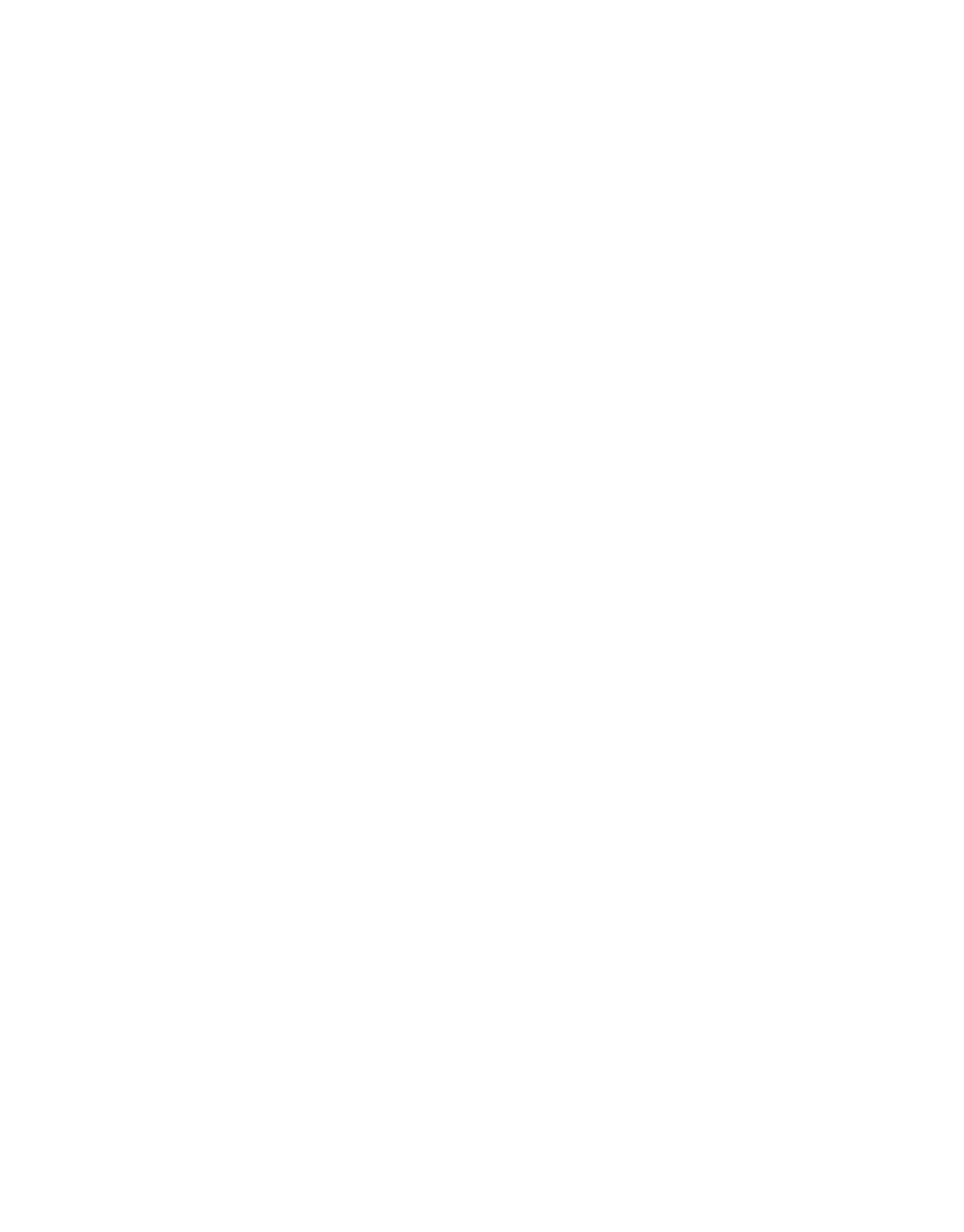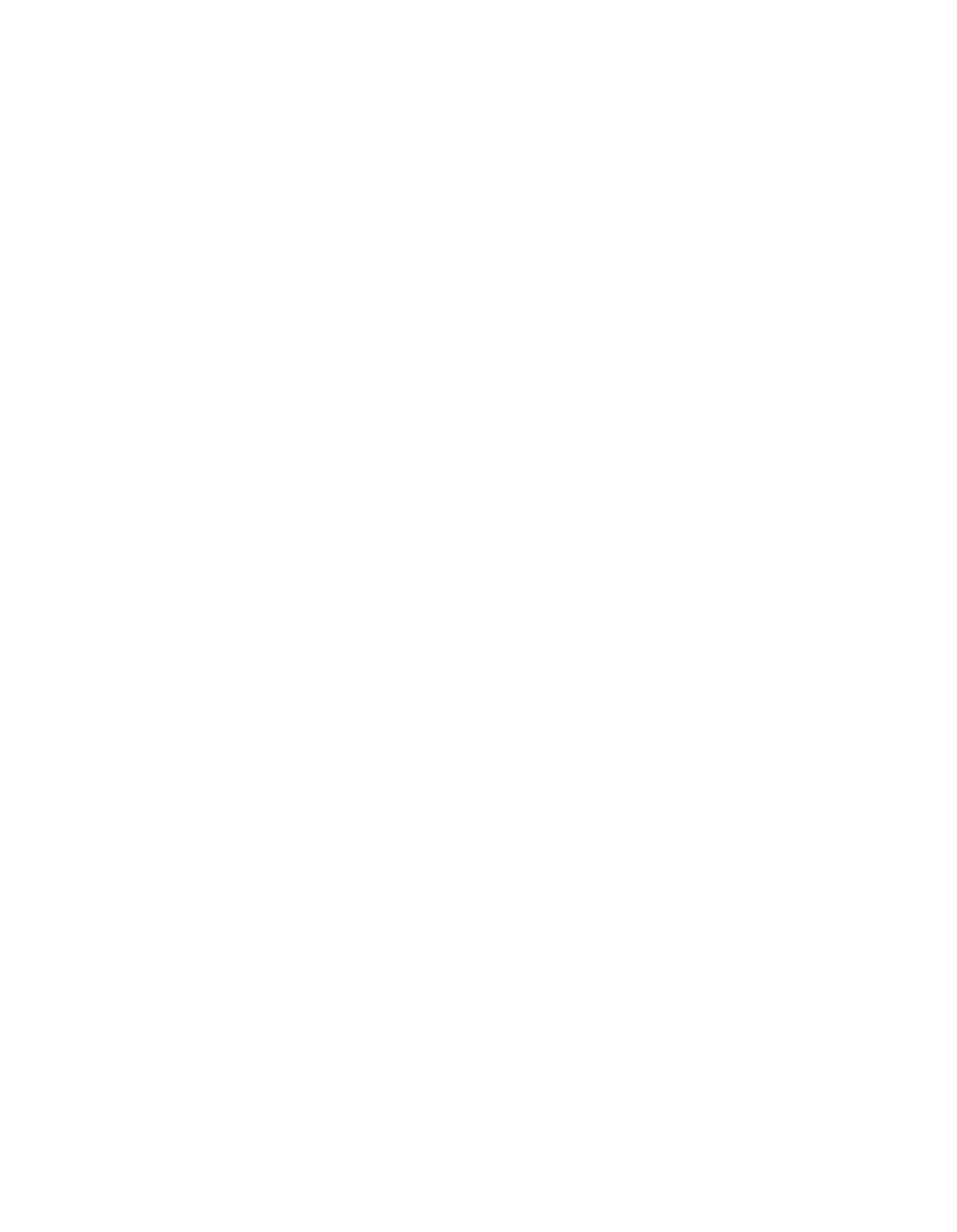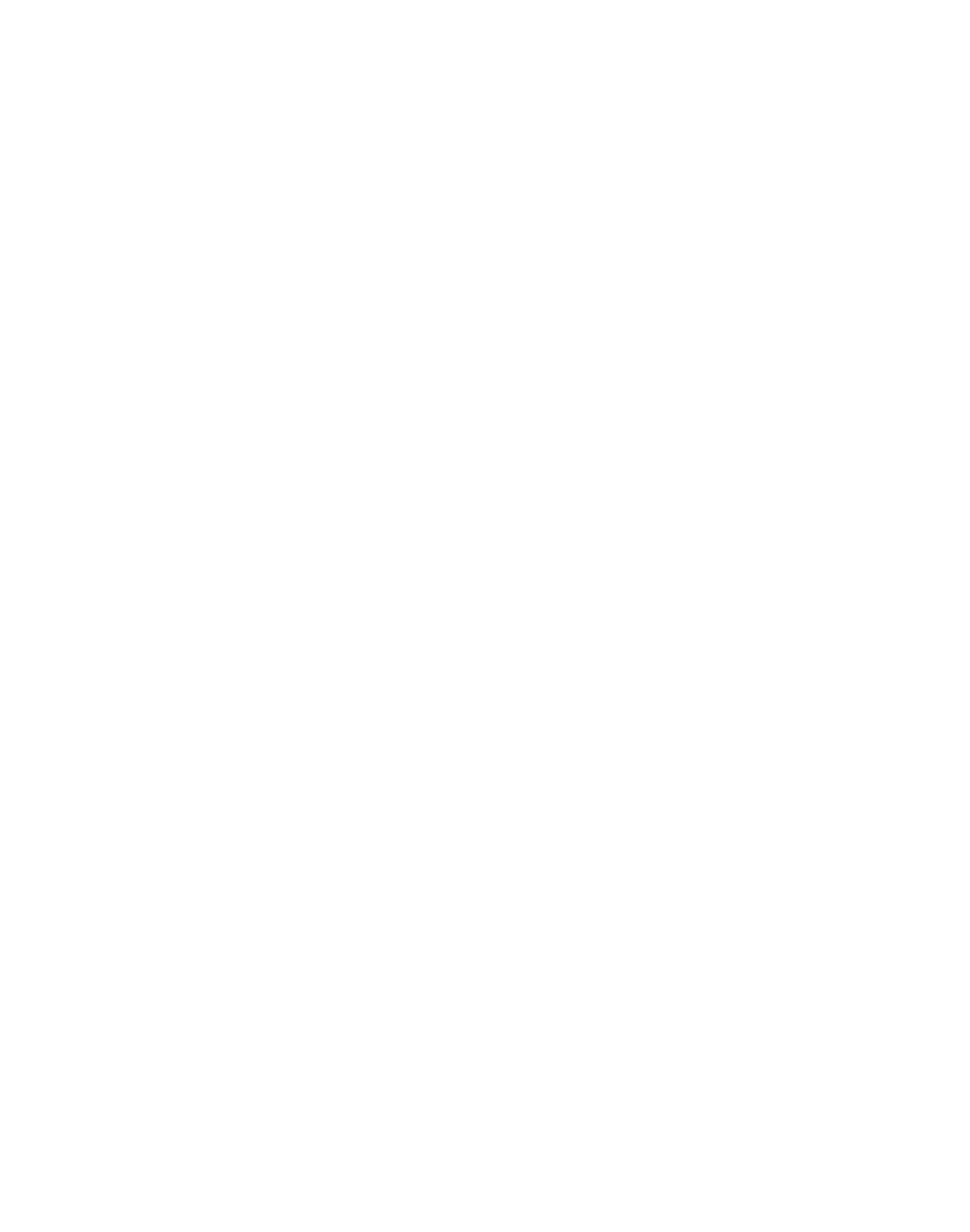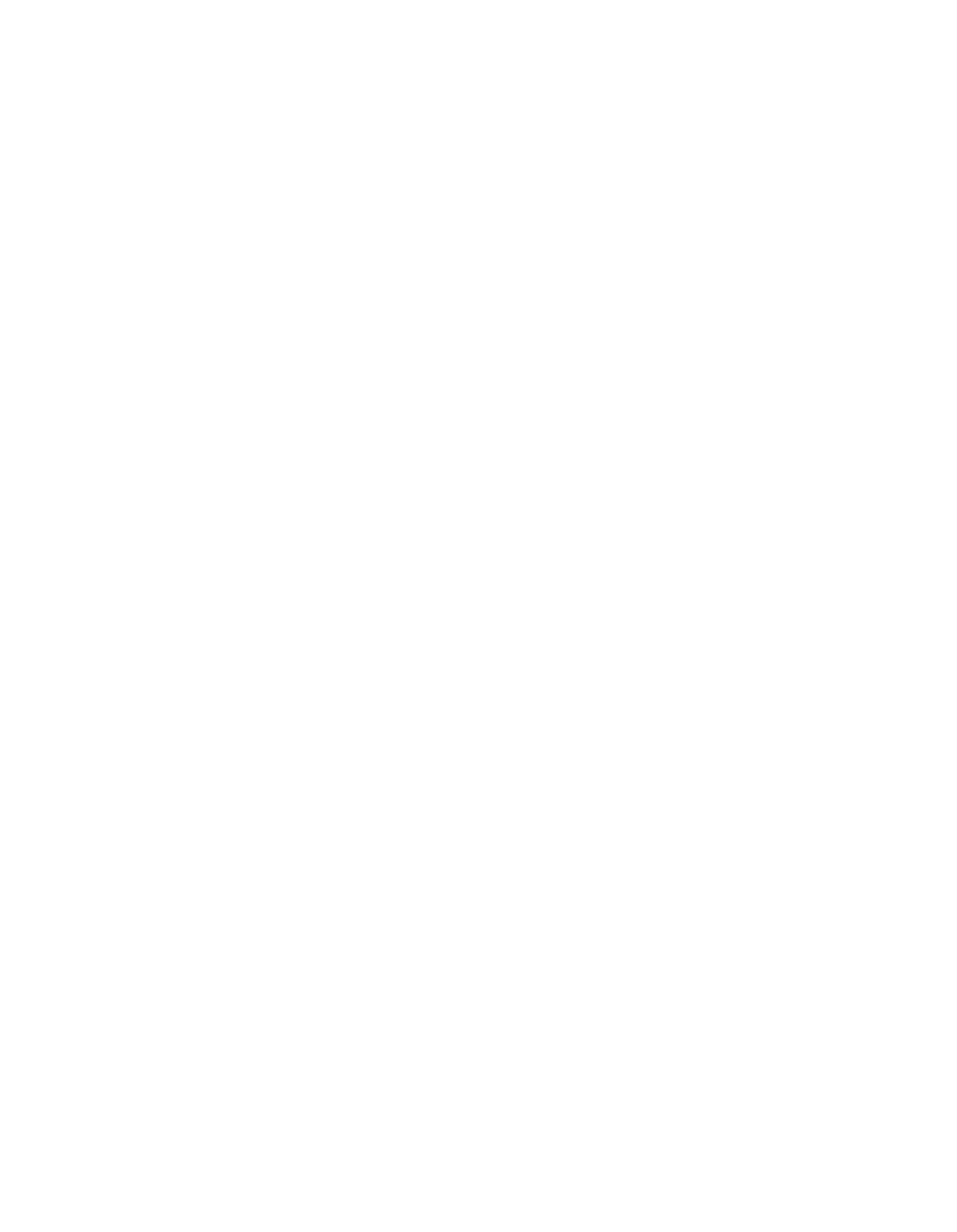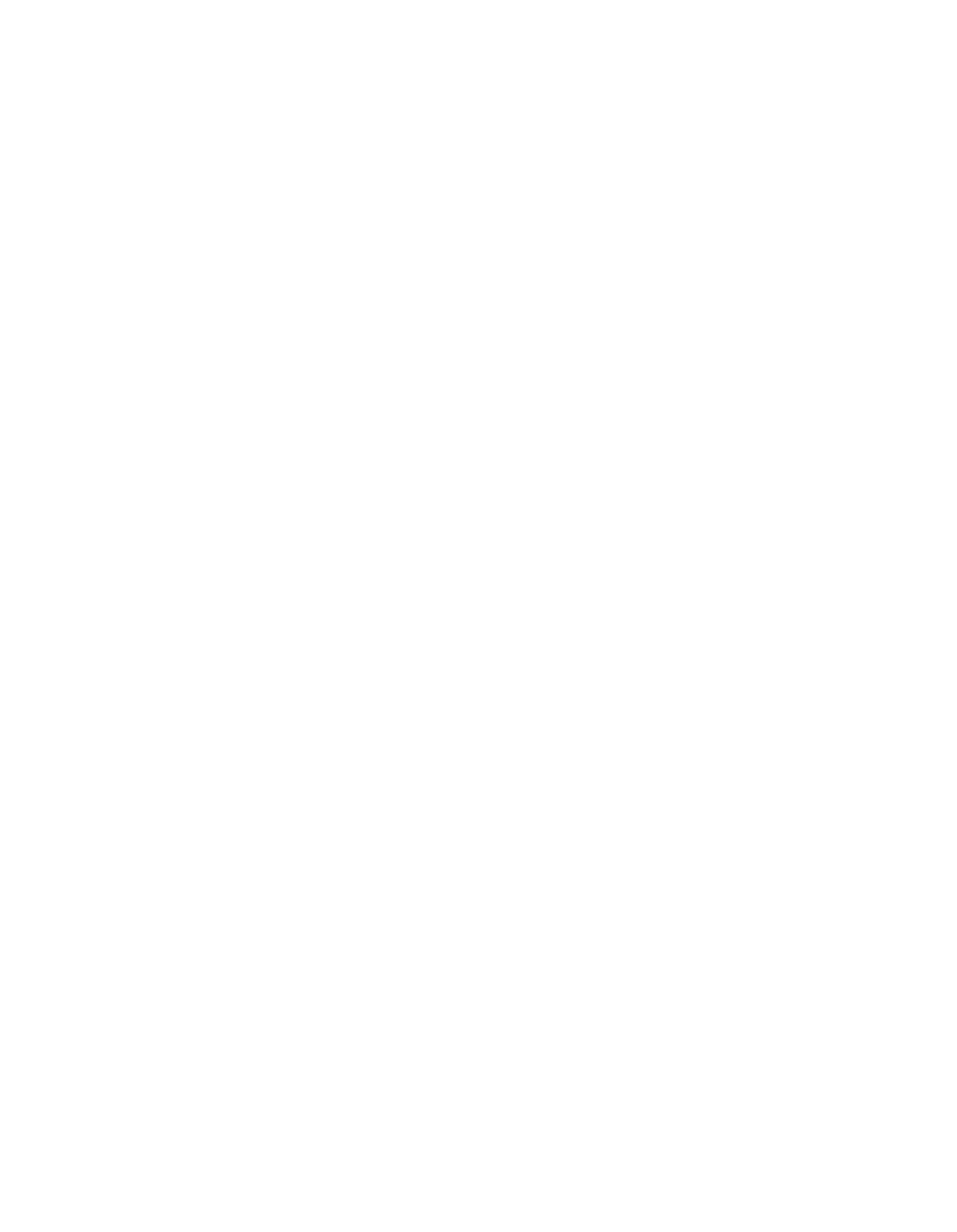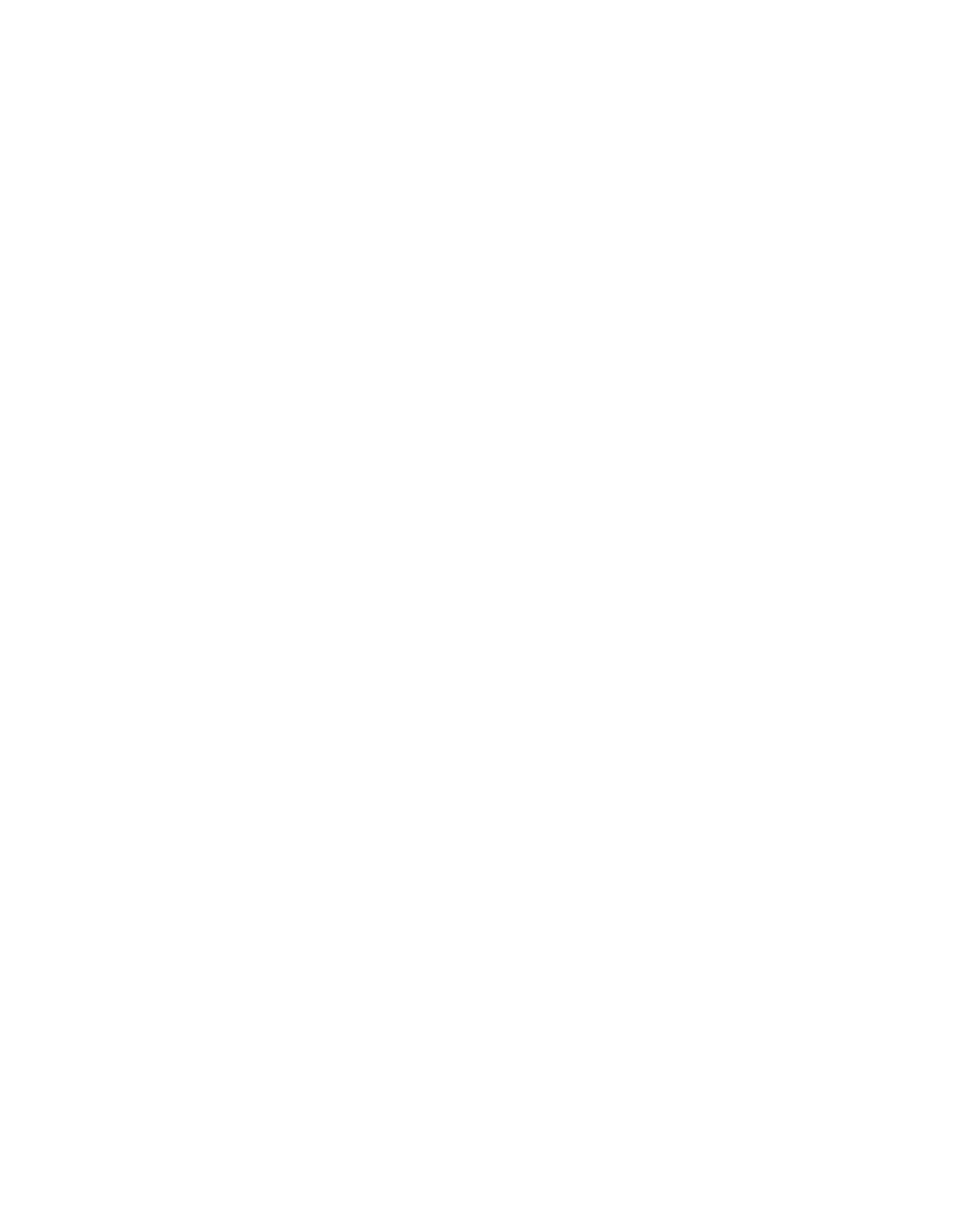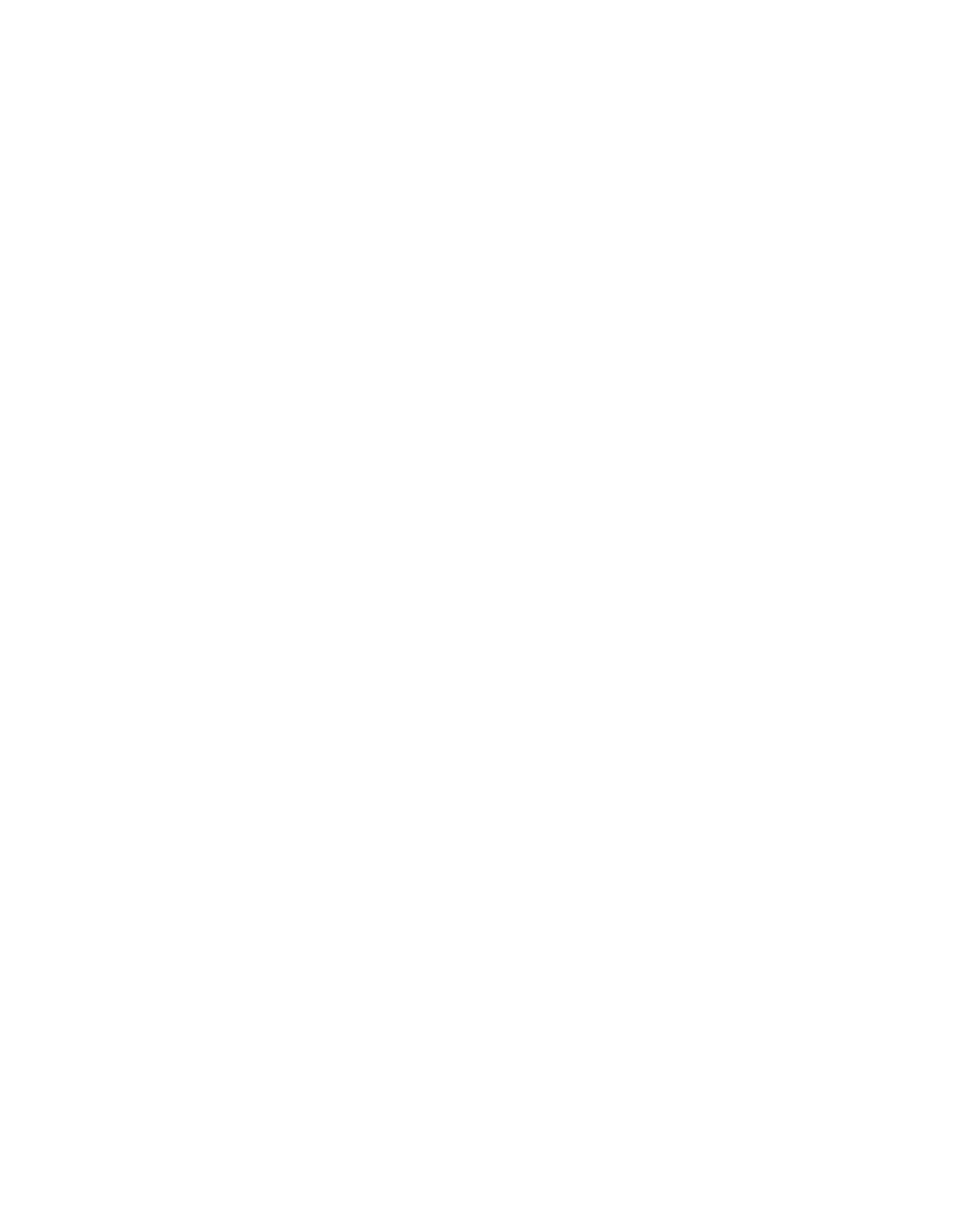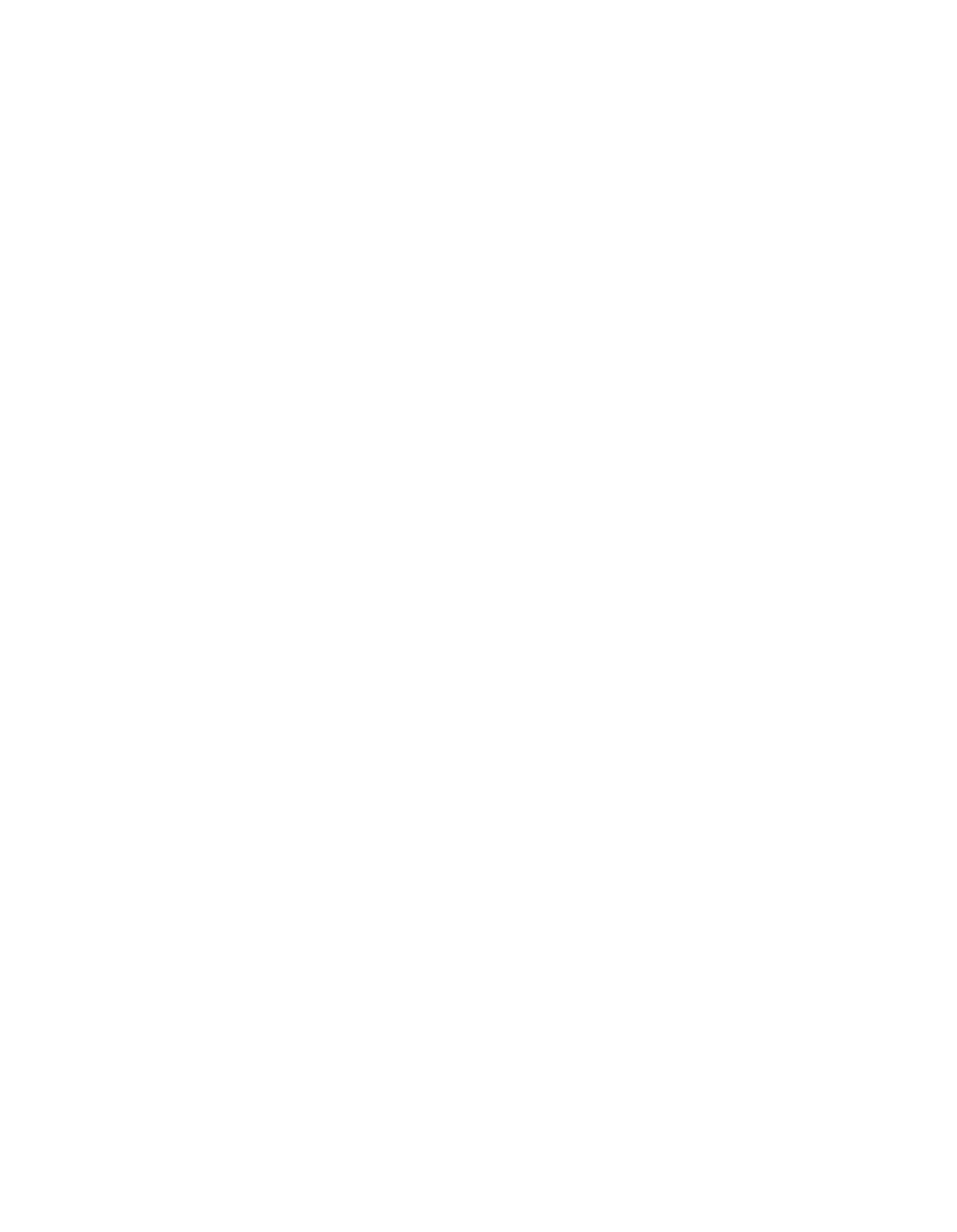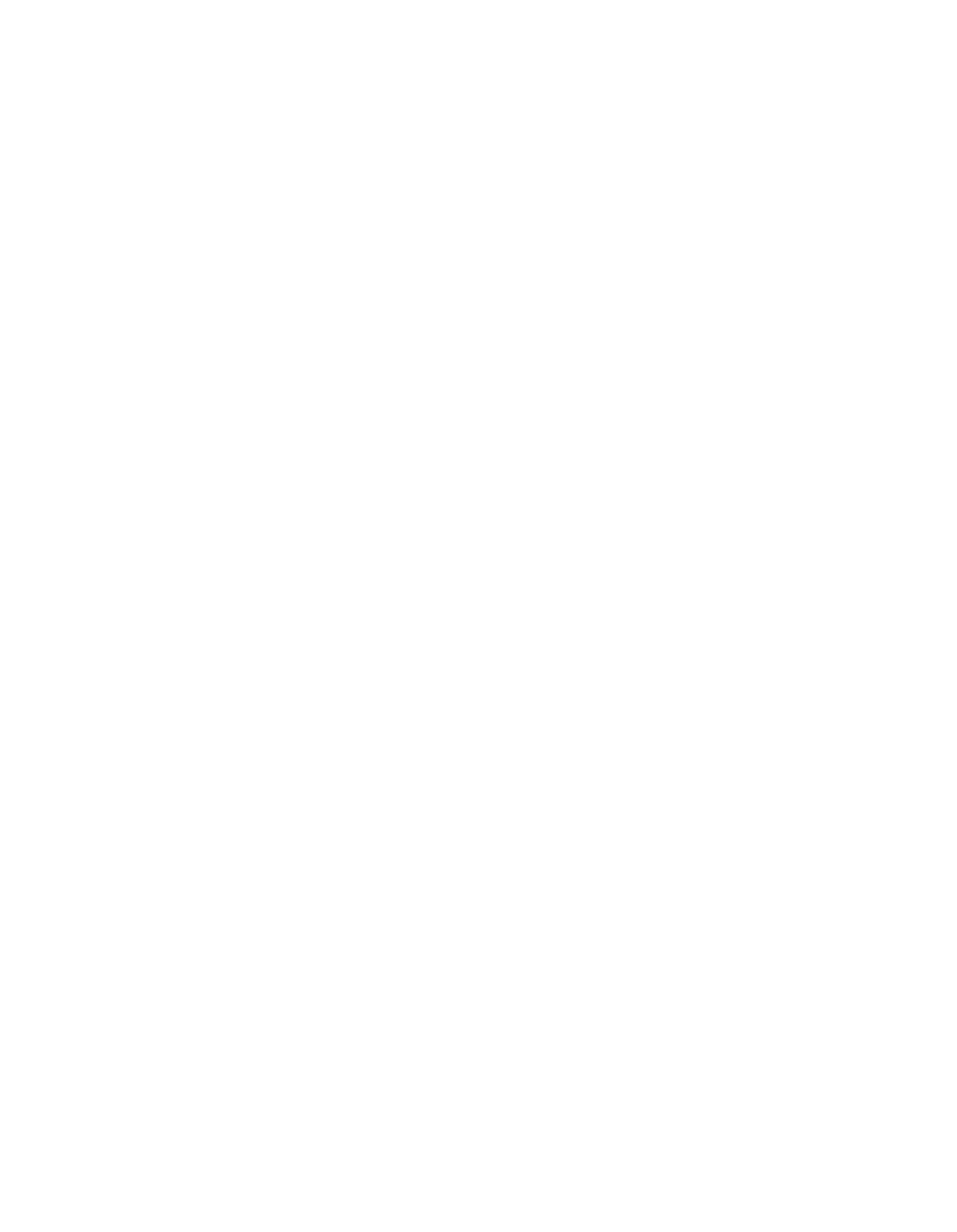ILLINOIS POLLUTION CONTROL BOARD
April
21,
1983
IN THE MATTER OF:
AMENDMENT
TO TITLE
35:
ENVIRONMENTAL PROTECTION
)
R82-5
SUBTITLE C:
WATER
POLLUTION:
)
R82—10
CHAPTER
1:
POLLUTION CONTROL
)
Consolidated
BOARD
(Starcevich,
Effluent
)
Revisions and NPDES)
PROPOSED RULE.
FIRST NOTICE,
PROPOSED OPINION AND ORDER OF THE BOARD
(by J.D, Dumelle):
This proceeding, while not complex from a substantive
standpoint, has been complex
in its procedural development.
It combines elements of six different regu:Lat.ory proceedings:
R76—21,
R77--12
(Docket A),
R80—6, R81~3, R82—5
and
R82—10,
and
has been commonly referred to as the “omnibus rulemaking.”
A
fairly detailed procedural
history
is
necessary to tie together
the various components of this rulemaking.
PROCEDURAL HISTORY
On April
7,
1980 the Illinois Environmental Protection Agency
(Agency) proposed the amendment of Section 309.202 of Subtitle
C:
Water Pollution, and the addition of definitions of “Publicly
Owned Treatment Works” and “Publicly Regulated Treatment Works”
as Sections 301,365 and 301,370, respectively,*
In addition,
the
Board proposed other technical amendments to clarify the
differences between variances and permit appeals.
The heart of
the proceeding, however, was the amendment to Section 309,202(b)(2).
On May 1,
1980 the Board adopted a Proposed Opinion and Order
reflecting
those amendments
(38 PCB 231) and docketing the proposal
as R80—6.
The Board received written comments on the proposal which
principally addressed the Board-initiated amendments.
The Board
modified its proposal based upon those comments and adopted
a Proposed Rule/First Notice Order on October 30,
1980
(39
PCB
666)
On April
29,
1982 the Department
of Energy and Natural
Resources
(DENR)
filed an economic impact study with the Board.
To furtner complicate matters, old Chapter
3:
Water Pollution,
has
been codified during the course of
these proceedings.
All
references,
however, will
be
to codified rules
as they currently
exist in
35
Ill.
Adm.
Code Parts 301~~312:Water Pollution.
Also note that Part 306 was amended recently in R81-17 and
amendments to that Part reflect changes from the R81—17 amendments.
52-93
—2—
However, no hearings
were
held.
Instead the Board dismissed
the
regulatory proceeding on April 29,
1982
(46 PC 251).
The
reasons for dismissal were that the definitions proposed
by the Agency were adopted under R77—12,
Docket
A
(33 PCB 625,
~ay 24, 1979), the Board-initiated amendments were determined
to be unwise, and the amendments to Sections 306.105 and 309.202
were incorporated into R82—5.
Thus arises one aspect of this
proceeding.
On December
3,
1981,
the Board adopted amendments to its
effluent standards
(R76—21,
44 PC
203)
and
also adopted its
Proposed Opinion of September 24,
1981
(43 PCB 367) as its
Final Opinion.
On January 6, 1982 the Agency filed a motion for
reconsideration of Sections 304.142 and 307.103 which concern the
interrelationship of effluent standards with New Source Performance
Standards and sewer discharge criteria for mercury, respectively.
However, on February 17,
1982,
the
Board denied that motion in
that the rules
had
already been filed with the Secretary of
State’s Office
and
were
law (45 PCB 437).
However, the Board
found the Agency’s reaons for reconsideration otherwise
meritorious and indicated that it would propose the amendment or
deletion of those rules.
It did so by Board Order of April
1,
1982
(46
PCB
81) which opened docket R82—5 proposing the deletion
of Section 304.142 and the amendment of Section 307.103.. A
negative declaration concerning that study was filed by the DENR
on February 18, 1983.
Next, on
May
13, 1982, the Board adopted a Proposed
RuleI
First Notice Order
(47 PC 119) opening docket R82—10 which
proposed the amendment of Section 309.102 to avoid the potential
of duplicative permit requirements for underground injection
under
both
the National Pollutant Discharge Elimination System
(NPDES)
and
the Underground Injection Control
(UIC) program.
Given the apparent reasonableness and simplicity of the
proposal, the Board determined that administrative convenience
would best be
served
by consolidating R82-10 with R82-5
for purposes of hearing.
The DENR also filed a negative declara-
tion in this matter on February 18, 1983.
Further, since all
other matters in this docket are ready to proceed to First Notice,
and First Notice was never filed with the Secretary of State in
R82—10,
administrative
convenience
can
again
best
be
served
by
having
all
matters
in
this
omnibus
rule
proceed
through
the
required
notice
periods
concurrently.
Hearings
were
held
to
consider
R82—5
and
R82—10
on
July
20,
1982,
in
chicago
and
August
3,
1982
in
Rockford.
Toby
Frevert,
an
Agency
engineer,
presented the only testimony on July 20,
1982,
and no
one
testified at the August
3,
1982 hearing.
Finally, the Board recently discovered an error in Section
302.407.
Originally, that section simply referred to the
limitations set forth in Section 304.124.
During the course
of amendments under R77-12 (Docket A) the Board adopted and
52-94
—3—
published the table
in
the Illinois Register under Section 302,407
but did
not
file it with the Secretary of State.
That error
was corrected during
the codification of Chapter
3 in R81—3.
Unfortunately,
when that was done the limitation for silver was
inadvertently changed
from 0.1 mg/l to 1,0 mg/I,
and the rules
filed with the Secretary of State reflect that error.
The Board,
therefore,
is proposing in this proceeding
(as part of R82~”5) to correct that error,
While the addition of
this proposed change comes after the completion of hearings,
there appears
to be no necessity for hearings,
The Board has
fully considered
the
silver limitation
in earlier proceedings
at which
evidence was presented supporting the 0.1 mg/I standard
and the Board had no intent to alter that standard during the
codification process.
Further, the standard was inadvertently
changed in an adoption of rules
in which it was specifically
required that
no substantive changes be made and for which there
is no evidence in the record to support such a change.
By following this procedure, notice will
be given to the
public
of the intent to correct the mistake and comments upon the
correction can be submitted to the Board during the First Notice
period.
Section_306,105(f)
The Board proposes to add Section
306,105(f)
to require the
Agency to notify any affected entity of its determination that
restricted status or critical review be imposed or of its refusal
to terminate such status,
As proposed
in the Board~sApril
29,
1983 Order, specific, detailed written statements
shall be given
supporting
the imposition of restricted status or critical
review.
The rule
proposed herein, however, has been modified slightly
to
require
the statements to be given when the Agency refuses
to
terminate restricted status or critical review as well.
The Board
can see no reason to treat such refusal differently than the other
actions.
Sections 309,202(b)
and 309,204(c)
The Board
proposes to amend Section 309,202 to avoid further
effects of
the Appellate Court decision in Starcevich
v.
EPA,
78
Ill.
App.
3d 700,
397 N.E.2d 870
(1979), which construed
the present rule to allow multiple connections
to the same private
sewer
connection
so long as each connection was to a single
building and discharged
less than 1500 gallons per day.
Such
was not the
Board~sintent in adopting Section 309.202,
Under
the reasoning
of that case
it
appears possible that entire
subdivisions
could be designed such that each private sewer
connection serving
a single building and discharging under 1500
gallons per day
could be connected
to the adjacent private sewer
connection and
thereby be exempted from the permit requirement.
As the Starcevich dissent points out,
“the
net
result of the
majority~s
opinion is
to effectively read out of the
exemption
52-95
-.4--
the single building requirement.”
Further,
the dissent accurately
stated that the Board intended the single building requirement
“as a limitation upon the number of permit applications which
the
Agency is required to process” where such discharges are highly
unlikely to cause any significant environmental impact.
The
majority~sopinion, however, defeats that purpose.
To remedy that problem the Agency has proposed a modification
of Section 309.202(b)(2) by adding the exemption requirement that
the discharge be
“directly to
a publicly regulated sanitary or
combined sewer,”
Thus,
an interconnecting series of private
sewer connections would not be exempted.
However,
Illinois Power Company
(IPC) has pointed out that
such change “removes from the exclusion facilities which do
not discharge at all,
such
as
septic tank—leach field systems”
(PC#
2,
R80—6).
Therefore,
it
recommends that language be added
to exempt non—discharging
facilities,
The Agency also addressed this problem
(PC#
8,
R80-6).
It, however,
suggested the addition of 309,202(b)(6) which would
simply specifically exempt private sewage disposal systems
regulated under the “Private Sewage Disposal
and Licensing Act,”
Ill.
Rev.
Stat.,
Ch, 111½,
Par.
116.301 et ~
The Agency,
however,
offers no explanation as to why its language
is preferable to
that
offered by IPC, and
it
appears possible that the Agency’s language
is less inclusive than IPC’s.
Since all non—dischargers were
previously exempted, the Board proposes IPC’s language, which
would retain the full
extent of the
exemption.
Further, while neither proposed nor discussed at hearing,
the Board proposes
to amend Section 309,204(c)
to reflect the
amendment of
Section 309,202(b)(2).
The latter section
concerns
construction permits, while the former concerns operating permits.
It makes little
sense to require
an operating permit when no
construction permit is required.
Section 304,142
The Board adopted Section 304.142
in an attempt to reconcile
federal New Source Performance Standards
(NSPS) with
the Board’s
effluent standards.
In writing an NPDES permit the Agency must
incorporate the more stringent of the state or federal
standards.
However, while as
a class the NSPS are expected to be more stringent
than State effluent standards,
comparison is difficult in that
federal standards are based on mass limitations while State
standards are based on concentration.
As
the
Board pointed out
in its R76—21 Opinion:
“Because Illinois standards give no credit
for process changes which result
in
a low mass discharge,
the
Illinois standards could still be viewed as
the more stringent
and be incorporated into the permit instead of the New Source
Performance Standards”
(43 PCB 379).
If that were
so,
a new
discharger would have
to meet both the NSPS
(since
it
is federally
required) and the State standard
(as the more stringent)
thus, in
effect, requiring double control.
52-96
—5—
Present Section 304,142 exempts dischargers from State
effluent standards if the discharge is authorized by an NPDES
permit which includes federal effluent limitations based
on the
best available demonstrated control technology for the constituent
in question and is subject to NSPS.
This remedies the difficulties
perceived by the Board,
However,
the Agency believes that
it
gives rise to a new set of difficulties.
The Agency argues that the rule allows new industrial
facilities
locating in Illinois and subject to NSPS to avoid State effluent
standards which may be more stringent than the NSPS,
That is
true.
The problem
is that existing dischargers would not qualify for
such an exemption.
The Agency further argues that such an approach
runs counter to
the
basic tenet of environmental control that new
sources “should
be
required to meet the most restrictive en-
vironmental standards because control
facilities can be planned
with the planning of the facility and thus installed at a lower
cost”
(Agency Supplemental Comments, R76—21, p.2).
The Agency states
that there are presently at least two instances where
far stricter
State standards have been imposed upon dischargers who qualify
for the Section 304.142 exemption.
The Board agrees that
it has replaced one problem with another.
It,
therefore, proposes to delete Section 304.142.
In
so doing
the above—noted inequity will be avoided as will any question of
improper delegation
to
the United States Environmental Protection
Agency in deferring to
the NSPS.
Of course, this action reintroduces
the problem that the rule remedied,
i.e.
double control.
However,
there
is an existing mechanism
(e.g.
site—specific rulemaking)
which the discharger can
make use of if
it
feels that overcontrol
is being
required.
Section 307.103
Present Section 307,103(a)
sets a mercury limitation of
0.0005 mg/l
(subject
to
the averaging rule), on discharges
to a publicly owned or regulated sewer system unless
a demon-
stration is made that
all
reasonable steps are being
taken
to
minimize mercury discharges,
in which case
a 0,003 mg/i
standard is applicable
Under that rule,
it
is possible that an indirect discharger
(a discharger to a sewer) could have a more stringent limitation
on its mercury discharge than the sewage treatment plant
(STP)
to which it discharges (which must meet the limitations of
Section 304.126 which parallels Section 307.103),
This situation
would arise if the STP made its required demonstration for the
relaxed standard
while
the indirect discharger did not.
The Agency argues that “any limits on the sewer discharge
beyond the effluent requirement applicable to the STP would be
unnecessary given the reductions already to be achieved by the
STP” under the Section 304.126 program
(Supp.
Comments,
R76—21).
It argues that no environmental benefit would result and that an
52-97
—6—
informal
permitting
system
for
indirect
discharges,
vould
have
to be put in place for the impacted sower users wtich
it
es.u
s
to be in the hundreds (R.1J and Ex.
2, R82—5).
In adopting Section 30
.103 the Board inclu~edthis scps ~
demonstration for indirect dischargers on the basis that me..’
z’
discharges should be limited as
iruch as is reasonable, ani certair
j
the requirement of such a demonstration adds another layer of
assurance
that
they will be.
However, the Board did not appreciate
the extent of the anainistrative burden
it
was imposing
upon
the Agency.
Further, the necessity for the indirect discharger
to make the requisite demonstration for the relaxed standards is
duplicative in that the indirect discharger would be required
to
make
such a shoix.j to the
SiP
is
discharges to in order for
the
STP
to obtain the relaxed btandards under Section 304.125
While the Board s r la
could .pecitically allow enforcement against
the indirect discharger
the Aoency accurately points out that
such enforcement c uld be accoiplished through Section 304.126
and Section 12(a) of the
Act
an any case
(R. 23—25).
Given the a~m ~
ra
i
~urden
and
re ~a..tthat alterintive
enforcement
med
r
i
.
~xist,
t
e
Board
D
opoces
to
adop
the
Agency
recommende
dT
n
r ert
-
Section
3
1
103
which
estaolisies
a
mercury
limitatior
on
an
indirect
discharger
equal
to
the
direct
discharger’s limitation if the direct discharger’s limitation is
less strict.
Also, at the Agency’s request
the Board proposes a slight
amendment
to Sectior. 0~103(e) to replace the phrase ‘sewer
treatment plant’
‘.‘i
‘i
a
....ta- r treatme~
)lart’
which is
of course, the p
pe..
-
rtir
1 g
Section_309 103
cm
May
13, t982 tie Board proposed the modification of the
NPDES rules to properly interface with the UIC rules.
The Board’s
present
NPDES
rules
currently
require
NPDES
permits
for
well
injection.
Federal rules d
not, since ‘caters of the United
States’ does not
i
‘
de ;roundwcter
(40
CFR
122
3
•
The federal
rules, however
do
qa
r.. a UIC
nermit
for
cell injection, and
the Board has a
it.. Wt riles
ii’
susta’tc~idontic.il to the
federal rules pirsuart t
Secci
i
11. of the
4ct.
Thus
it
may
be necessary for aj~r~ru ii zirg
etl inje tiot to obta..n both
an NPDES and a UIC
peznt
T
avoid
useJess aerwork
the
Board
proposes
to
a&
(ec~-1.:
0
.1u2
b, wh’C’i iceos
co”ipliance
with
the
UIC
permi’
rquireirt.’t
t
be complitnce
cith the NPDES
permit
requiremcnt
By
so
doing,
Section
309.153,
which
requires
NPDES
permits
to
contain such conditions as are necessary to avoid pollution from
well injection, becomes unnecessary and the Board proposes its
deletion.
Further
t’te NPDES permit requirement should be retained
until the State has received primacy for the UIC permit program,
and, therefore
Section 309. 101 which establishes the effective
52-98
—7—
dat:e
of
this
regulation
is
proposed
to
be amended to accomodate
that
need.
Section 302.407 and others
As noted above,
the Board has determined that this omnibus
rulemaking would be an appropriate vehicle
for
the correction
of
the error in the silver secondary contact and
indigenous aquatic
life standard from 1.0 mg/i to 0,1 mg/i.
Other sections are proposed to be amended in this rulemaking
simply for purposes of clarity and consistency.
These changes
are
non—substantive.
The Clerk
is directed
to prepare
a First Notice
for publication
in the Illinois Register of these proposed changes.
ORDER
The Board hereby proposes the following amendments to 35
Ill.
Mm,
Code Parts
302,
304,
305,
306,
307 and 309:
Water Pollution,
Section 302.407
Chemical Constituents
Concentrations of other chemical constituents shall not exceed
the following standards:
STORET
CONCEN-
CO1~STITUENT
NUMBER
TRATION
(mg/i)
Ammonia
Nitrogen
(as
N)
(April—October)
00610
2,5
(November-March)
00610
4.0
Arsenic
(total)
01002
1,0
Barium
(total)
01007
5,0
Cadmium
(total)
01027
0.15
Chromium
(total hexavalent)
01032
0,3
Chromium
(total
trivalent)
01033
1.0
Copper
(total)
01042
1.0
Cyanide
(total)
00720
0.10
Fluoride
(total)
00951
15.0
52-99
STORET
CONCEN-
CONSTITUENT
NUMBER
TRATION
(mg/i)
Iron
(total)
01045
2,0
Iron (dissolved)
01046
0,5
Lead
(total)
01051
0,1
Manganese
(total)
01055
1.0
Mercury
(total)
71900
0,0005
Nickel
(total)
01067
1,0
Oil,
fats
and
grease
00550,
00556
or 00560
15,0*
Phenols
32730
0.3
Selenium (total)
01147
1.0
Silver
01077
~G
0,1
zinc
(total)
01092
1,0
Total Dissolved
Solids
70300
1500
*
Oil
shall
be
analytically
separated
into
polar
and
non—polar
components
if
the
total
concentration
exceeds
15 mg/i,
In
no case
shall
either
of
the
components
exceed
15
mg/i
(i.e.,
15
mg/i
polar materials and 15 mg/i non—polar materials),
Section 304.142 -.New-Se~ee-Pe~fe~
deleted
~
~
a+
~
~+
-eaey-effi-w~±eh-the±sehafge-~es-±s
~
èy-~SEPA-pa-~e-e-eWA7~-a~-
e+
~
~
?PA-e~~e~--
e~e~—afi4—s~a~—
~
~
Section
305.102
Reporting
Requirements
a)
Every
person
within
this
State
operating
a
pretreatment
works, treatment works,
or wastewater source
shall
52-100
subri
3
a-
tobc
1
-
a
~0
t
-
a
r
taat
Ca
itt
~
-
1)
Btseharge_tex&e_penistaatey_ae_deflne&_ir*est
t a
sea
4&3el—the—ew&y—ee—peHetaete-wh&eh-aay
èatevteve—wrcn—cne—tveabmert pveeenv—k~te—Mte
re’. vng teeatmert wevks’-er Ar
cb3
c
-—
-
~
Ii
t;
£Oii.~ied
-
Cl
tr
Pater Act
CPA)
or
2)
Dischar e .5
or wore of ‘h
t
a
‘f.
receiver by tte treat
ient
corks
~r
3)
D sc
je
5
or more
0:
~
0 al
b...otop.
au
o
gr~a~ ..db_
ht’r~
‘-
a
b
1
uoh’uic’
oxyj~ndc.
c~
b)
Evcry
-
TPDr~cari
a
..jl
6
3
a
the no
t r ng, .~ampling recordng and repo
ti g
requir’ments set forth
t’t the permit and this caao.er.
52-101
—10—
Section
306.405
Notification
Ac~~p~y
The
Agenc~yshall
noti~yjthe
sanitar1
district
or
other
wastewater
treatment_or
tran~portation autho.
of
its determination
of restricted status or critical review,
or refusal to terminate
the
same,
and
shali~4vea specific ,detailedwrittenstaterrient
as
to
the
reasons
for
such
action.
Section
306.40~
6
~2~~a1
Any sanitary district or other wastewater treatment or transpor-
tation authority responsible
for authorizing new sewer connections,
may petition, pursuant to Title X of the Act and Paf~—~9S-e~
~~~e-A
35 Ill.
Adm.
Code
105,
for a hearing before the Board
to contest the decision of the Agency to place it on restricted
status.
Section
306.406
7
Effective Date
This_Su~part_shall
become
effective
on
January
1,
1976,
exc~j~
for
Section
306.405
which
shall become effective ~on
fi1i~.
Section
307.103
Mercury
a)
Except
as
provided
below,
no
person
shall
cause
or
allow
the
concentration
of
mercury
in
any
discharge
to
a
publicly
owned
or
publicly
regulated.
.sewe~~system
to
exceed
the
following
level,
subject
to
the
averaging
rule
contained
in
35
Ill.
Adm.
Code
304.t04~(a):
52-102
—11—
STORET
CONCENTRA-
CONSTITUENT
NUMBER
TION
(ffig/l)
~~ury
71900
0,0005
b)
It
shall
be
an
exce~tion toj~ara~r
~p~h (a)
if the
sewer sy~tem
which
is
regui
red to
meet
a
limitation
less
str~~nt
than the 0.0005
mSl
mercu~
concentration
in
which
case_the
discharge limitation
shall
be the same
as
that
appiicable
to
the
j~ublicly~owned
or reaulated
sewer
sy~rn to which
it
di
sch~es.
~c)
It
shail
be an exception to paragraph
(a)
if all
the
following
conditions
are
met:
1)
The
discharger
does
not
use
mercury;
or,
the
discharger uses mercury and this use cannot be
eliminated;
or,
the discharger uses mercury only
in chemical
analysis or in laboratory
or
other
equipment and takes reasonable
care to avoid
contamination of wastewater;
and,
2)
The discharge mercury concentration is
less
than
0.003 mg/l,
as determined by application
of the
averaging rules of
35
111,
Adm,
Code 304,104(a);
and,
3)
The discharger
is
providing the best degree of
treatment consistent with technological feasibility,
economic reasonableness and sound engineering
judgment.
This may include no treatment for
mercury;
and,
4)
The
discharger
has
an
inspection
and
maintenance
52-103
—12—
program likely to reduce or to prevent an increase
in the level of mercury discharges.
ed)
The discharge of wastes from medicinal
or therapeutic
use of mercury, exclusive of laboratory use,
shall be
exempt from the limitations of paragraph
(a)
of this
section if all the following conditions are met:
1)
The total plant discharge is less than 227g
(one half pound)
as
Hg in any year;
2)
The discharge is
to a public sewer system;
and
3)
The discharge does not,
alone or in conjunction
with other sources, cause the effluent from the
sewer system or treatment plant to exceed 0.0005
mg/i
of mercury.
~e)
No person shall cause or allow any discharge of mercury
to a publicly owned or publicly regulated sewer system
which,
alone or in combination
with other sources,
causes a violation by the sewer wastewater treatment
plant discharge of the water quality standard of
Part 302 for mercury applicable in the receiving
stream.
e
f)
For purposes of permit issuance the Agency may consider
application of the exception of paragraph
(b) or(c)
to
determine compliance with this Section.
The
Agency
may impose permit conditions necessary or required
to
assure continued application of the exception.
When
paragraph
(b) or(c)
applies,
the Agency may impose an
effluent limitation in the permit which allows the
52-104
—13—
discharge of a concentration of mercury greater than
0.0005 mg/i but not more than 0.003 mg/i.
Section 309.102
NPDES Permit Requirement
a)
Except as
in compliance with the provisions of
the Act,
Board regulations,
and
the CWA, and the provisions
and conditions of the NPDES permit issued to the
discharger,
the discharge of any contaminant or pollutauL
by any person into the waters of the State from a
point source or into a well
shall
be unlawful.
b)
Neither an NPD
ES
~p~rmit noras tate
~~isreg~uired
isc~g~nto
awel
1
which
is authorizedj~
~
~~_~2Y
the
yp~suant
to 35
Iii.
Mm.
Code
702 and 704
of
-
Subtitle G.
For such welis, ~
pe rmit
r~g~4~rements
of
Section_12(9j
is deemed
compl lance
with
the
NPDESaermitre~uirementof
Section 12(e) of
the
Act.
Gee
~
~
~
~
Section 309.191
Effective Date
~
-w1~e~
52-105
—14—
the—Beaf8—?ee—w~-the-5eefe~a~fy-ef
-5~a~e-a-ee~y-ef—the
~eer—ev±~g-the-~e±s-NP~ES
-ea~y~e
-Mm~~
~
~ie~i
~
~e—Seee~—4*~+-ef-the-?WA~
a.
Exc~~s_otherwi
ovided,S~part A
became
effective
on October 24,
1977.
b.
The UIC p~rmitexc~ptionof Section_309.102(b)_will
become
effective ~ppn filina
with
the
Secr
State
of
a
___
~
for
the
State
of
Iliinois
pursuant
to
Section
1422 of
the
Safe_Drinking
WaterA
(42 U.S.C.
300f et
seçj,) and 40
CFR_123.
Section 309.202
Construction Permits
Except for treatment works or wastewater sources which have or
will have discharges
for which NPDES Permits are required,
and
for which NPDES Permits have been issued by the Agency:
a)
No person shall cause or allow the construction
of any
new treatment works,
sewer or wastewater source or
cause or allow the modification of any existing
treatment
works,
sewer or wastewater source without a construction
permit issued by the Agency, except
as provided in
paragraph
(b),
b)
Construction permits shall not be required for the
following:
1)
Storm sewers that transport only land runoff; or
2)
Any
treatment works,
sewer or wastewater source
designed and intended to serve a single building
52-108
—15—
and
eventually
treat
or
discharge
less
than
an
average of 1500 gallons per day (5700 1/day)
of
domestic
sewage
and
which
wilIdischar~e,i~
at
all, directly toa_p
ub
1.icly ~eg~ñated
sanitary
or combined sewer; or
3)
Any sewer required by statute to secure
a perm~t
pursuant to Section
3 of
“An Act to provide
for,
license and regulate mobile homes
arid
mobile home
parks”,
P.A.
77—1472,
(Ill.
Rev.
Stat.
1979,
ch.
111½,
par.
713);
or
4)
Any treatment works, pretreatment works,
sewer or
wastewater source
that,
on
the effective date
of
this Subpart
B,
is being constructed or will he
constructed under
the authorization of a permit
already issued by the Agency or its predecessors;
provided
however,
that
all
construction
must
be
completed
within
four
years
from the effective
date
of
this
Subpart
B;
or
5)
Privately
owned
sewers
tributary
to
industrial
treatment works owned by the same person
if
the
additional waste
load does not exceed the permitted
design capacity of the industrial treatment works.
c)
No person without a construction permit issued by the
Agency shall
cause or allow the construction of any
pretreatment works or cause or allow the modification of
any existing pretreatment works
if such pretreatment
works, after construction or modification, will:
52-107
—16—
~3
~
~
~
~
~
~romul~tedunder Section 307
of
the_Clean Water
Act
(CWA); or
2)
Discharge 15
or more of the total
hydraulic
flow
received by the treatment works;
or
3)
Discharge 15
or more of the total biological
loading received by the treatment works as measured
by the 5—day biochemical oxygen demand;
Section 309.203
Operating Permits; New or Modified Treatment Works,
Sewers and Wastewater Sources
a)
No person shall cause or allow the use or operation of
any treatment works,
sewer, or wast:ewater source for
which a consLruction permit is required under Section
309.202
without an operating permit issued by the Agency,
except
~e~-s~eh-~e
g-e~e~a~ee~s
as may be authorized
by the construction permit.
Nooratin9p~rmitis
reqU_u~ep~~eforwhtç
anNPDESp~rmitisreaui
red.
~+
Weweve~~-
e-fe
eme-~?ef-ar~-epefa~±ng
-pef~-fo~—
~
~
~
~
52-108
—17—
~3
Je-~97—~9Th7-e~-
2+
~
~
~
-NP
8-pe~m4~-p~eg
fam-~eee
~
~
~
?ee~e~-4+1~+f33-e~-the-?WA7
c)
~
~
Pe~Ms-a~e-~eqt~
~e~-s~a~
~-~e-a~e~
~
~
Section 309.204
Operating
Permits;
Existing Treatment Works,
pretreatment Works and Wastewater Sources
a)
No person shall cause
or
allow
the
use
or
operation
of
any treatment works, pretreatment works
or wastewater
source without an operating permit issued by the Agency,
except as provided in paragraphs
(b),
(c), and
(d).
b)
~
~
~
~
~
~
f~++~+-e?-the-Ae~7
Nooj~eratin~_permitisr
ired
under
thi s
Section
for a~
efor_which
an
NPD ESj~~j
~
52-109
—18—
c)
Operating permits are not required for treatment
works
and
wastewater sources that are designed and intended
to
serve
a
single
building
and
eventually treat or
discharge
less
than
an
average
of
1500
gallons
per
day
(5700
1/day)
of
domestic
sewage
and
which
will
discharge,
if
atal~
directi
~oa~lic1reuiatedsanita~
or
combined
sewer.
d)
Operating
permits
are
not
required
for
those
pretreat-
ment
works
~
or
wastewater sources dischar~ng
to
a
sewer
tribut~y~oatreatmentworks_which will
not:
1)
~
~O2++ethe?WA7efpea8wh±ehmay±~k~e1~
~
~ea~me-we~!kst-ef
Besubjectt~~g~ations
promu1~~under
Section
307
of
the
Cl
can
!.1~.
4—
— ._
~
~1_
.4 f’~r.~*
‘~
—
—
~va
L~L
t~L. L
~
)
2)
Discharge 15
or more of the total hydraulic flow
received by the treatment works;
or
3)
Discharge 15
or more of the total biological
loading
received by the treatment works as measured by the
5-day biochemical
oxygen demand,
Section 309.207
Pe~me~—Pe~m~s
deleted
~+
~
~
~
52-110
—19—
~
)‘+
~
~
~
9+~+
of
he-Aet-ari&~-Beaf~!-~e~ul
atie~s
-pfe &~jate~
-pu~saaut
~
~
ef-~e-a~y-we~~
Section 309.241
Standards for Issuance
a)
The
Agency
shall
not
grant
any
permit
required
by
this
Subpart
B,
except
an
experimental
permit
under Section
309.206,
unless
the
applicant
submits
adequate proof
that
the
treatment works,
pretreatment works, sewer,
or
wastewater
source
will
.4
~
be
constructed,
modified,
or
operated
cc
ac
not
to
cause
a
violation
of
the
Act
or
of
this
Chapter;
and
I,)
~
~
eef—efef4a-wh±eh-e-ap~ea-p~eves-w~-pfeê~ee
~
~
has~omul
~
,
j~rsuant
to
Section 309,2
62,
criteria
with
eg~rdtoany~p~rtorcond
ition of ap~rmit,~
the
criteria
shall
be~rima
facie evidence
of
no
52-111
—20—
~
of sub—section
(a) of this section
is met.
e3
?eM8-~e-a—ee4o—eeae~——the—ee~e~eFt
pe~7-w~e~e—ap~
~ea~e~
Section 309.262
Design,
OperatiMn
and
Maintenance
Criteria
a)
The Agency may adopt
eee~es-wh~eh-se~-?efth
criteria for
the
design,
operation,
and
maintenance
of
treatment
works,
pretreatment
works,
sewers,
and
wastewater
sources,
These
~oee~a~es
criteria shall
be revised from time to time to reflect current engi-
neering judgement
arid advances
in the state
of the art.
b)
~
~
e~ey-s1’~a~The
yJa4~j
suchj~ocedures
~
~~2P~dLi~
~
~..C
L~
Ui.
raLL
.JV
~+
~
~
~
2+
~
~
art~
~3
~
~e-ef-~èeae~-~e-aowmoe-afli4-eeR—
~
e1~artge~
52-112
—21—
Section 309.264
Permit Revocation
a)
~
~
~
~
~e-se~gh~-~y-?~~-a-eem-wth-the-Bea~-
A
permit
is sued
under
this
Subp~a
rt
Bm~yj~revoked
for cause which includes, but_is not limited
to, the
fol lowing:
1)
Cause as set_forth in Rule Section_309,182(b); or
2)
~
berequi
red
to
be ~id
under
Section
204 (b)
of
the
Clean
Water
Act.
b)
~
~
~
~
~
fa+~
Revocati2
esou~htbyfi
1 ing_g~r~~
the Boar~p~rsuantto
Part
103
of
the
Procedural
Rules
IT
IS
SO
ORDERED.
I,
Christan
L.
Moffett,
Clerk
of
the
Illinois
Pollution
Control Board
hereby
certify
that
the
above
Opinion
and
Order
was
adopted
on
the
~/
~
day
of
1983
by
a
vote
of
______
____
,
(I
Christan
L.
Mof~e~1U~.J
Clerk
Illinois
Pollution
Control
Board
52-113
